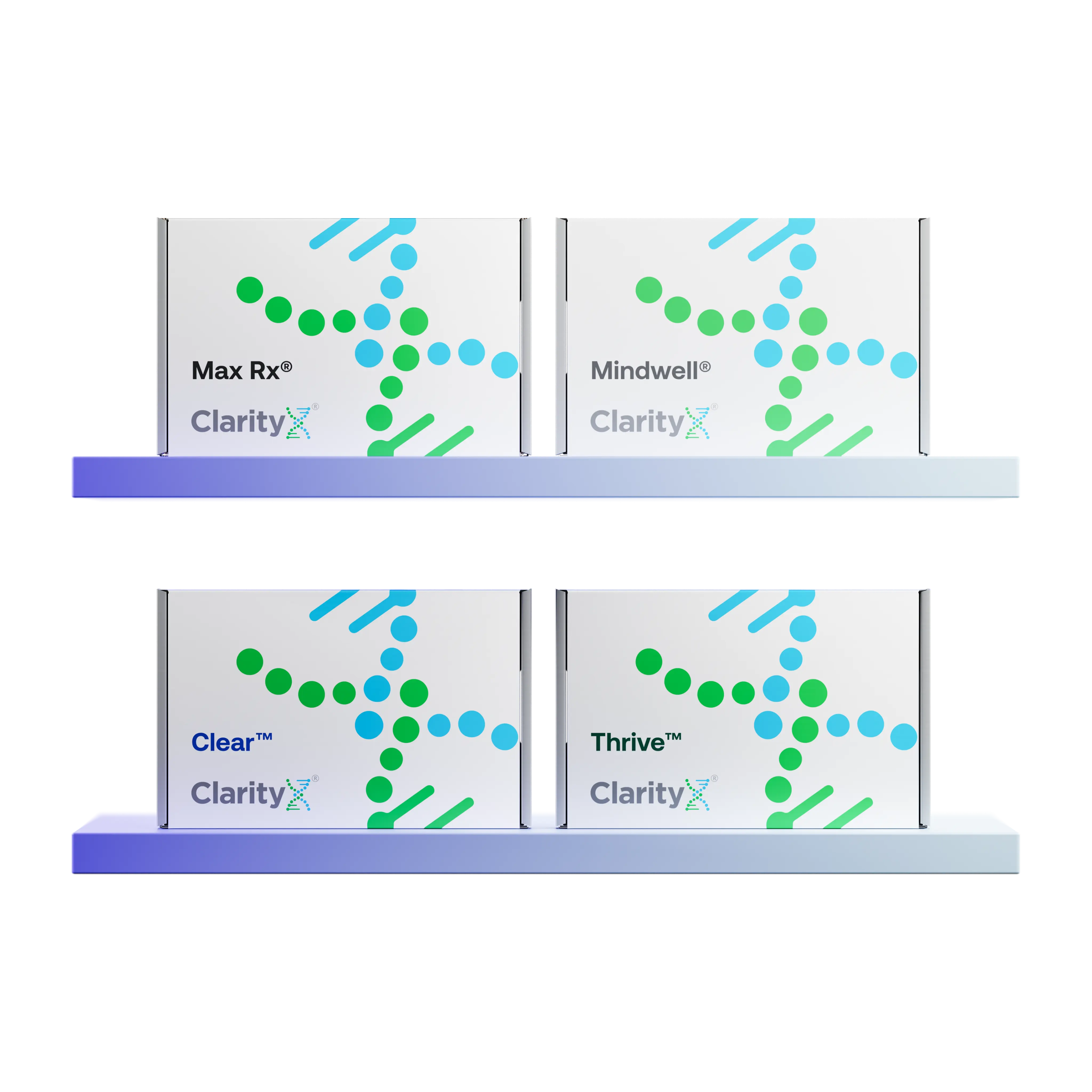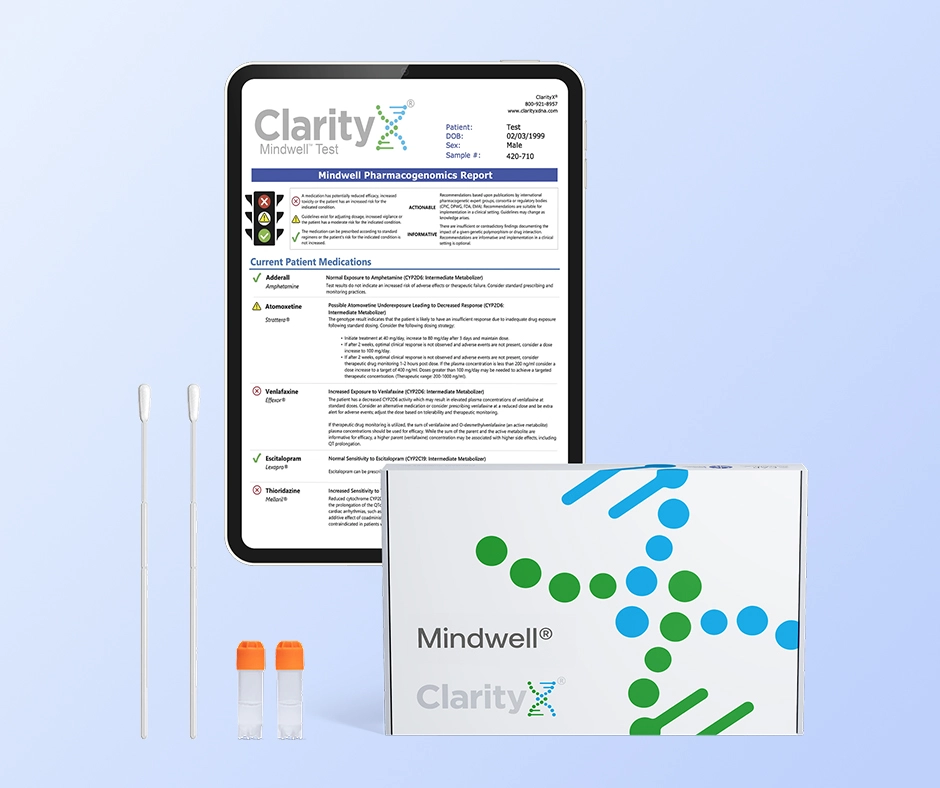Key Highlights
- Understanding how oxycodone works in the body can help promote safer, more effective pain management.
- Factors that influence the effectiveness of oxycodone include the dosage, an individual's metabolism, and its interactions with other medications.
- The time it takes for oxycodone to work can vary between immediate-release and extended-release forms, affecting the speed of pain relief and the intended methods of use.
- It is key to manage side effects and be aware of dependency risks when using oxycodone safely.
Introduction
Before we examine how long it takes for the opioid pain medication oxycodone to become effective, it's essential to understand its effects on the body. Oxycodone is a potent opioid medication that doctors frequently prescribe for severe pain management. It acts on the central nervous system to help alleviate pain. Safe usage is crucial to avoid potential risks, such as dependency and serious side effects. Factors like dosage, metabolism, drug interactions, and severity of pain can all influence the safety and efficacy of oxycodone. Let’s take a look at the way oxycodone works in some more detail.
Understanding Oxycodone
Oxycodone is a strong pain medicine often given to control severe pain. It works on the central nervous system to help relieve pain. This medicine belongs to a group of drugs that bind to opioid receptors in the body. Understanding the effects of oxycodone is essential for healthcare providers and patients. Caution is necessary due to the potential risks associated with its use, such as respiratory depression and physical dependence. Monitoring the use of this drug and adhering to the prescribed dosage is crucial for safe treatment.
What is Oxycodone?
Oxycodone is a powerful medication and one of the opioid analgesics used to assist individuals suffering from moderate to severe pain. Its effectiveness lies in its ability to attach to opioid receptors in the brain and spinal cord, altering the way the body perceives pain signals.
The Science Behind Oxycodone
Oxycodone is a strong opioid medicine. It interacts with mu, kappa, and delta-opioid receptors in the central nervous system to alleviate severe pain. By binding to opioid receptors in different areas of the body, oxycodone can also result in side effects such as central nervous system depression, respiratory depression, and constipation.
Factors Influencing Oxycodone's Safety & Effectiveness
Because oxycodone is a strong medication that carries a significant risk of dependence, it’s often prescribed in small quantities for a short duration of time (e.g., several days). The regular-release tablets start to work fairly quickly (within about 30–60 min), so they’re often recommended as needed for breakthrough pain. For more chronic severe pain (e.g., pain associated with cancer, etc.), an extended-release formulation may be considered to help manage baseline pain levels. It’s important to adhere to the recommended dosage and frequency to help promote both safety and efficacy.
Dosage and Frequency
Opioids like oxycodone are sometimes recommended for temporary pain relief, such as after a surgical procedure, or to help manage pain associated with an injury. In these cases, it’s often prescribed in small quantities and is meant to be taken as needed. Because the regular-release formulation works quickly (30–60 min), it may not be recommended on a set schedule.
For individuals in need of baseline pain relief due to a chronic condition, an extended-release formulation of oxycodone may be considered. This form of oxycodone is likely to be scheduled at routine times each day to help manage baseline pain levels and may also be paired with a regular-release opioid to help with breakthrough pain if needed. It’s common to reserve extended-release formulations for individuals who have already taken other opioids and need additional support.
As the body becomes more accustomed to opioids, they can begin to lose some of their potency for pain relief and require higher doses. The body’s natural levels of neurotransmitters are also altered, forming the basis of dependence. This is why someone who has taken opioids for an extended period of time may require higher doses to maintain symptom relief.
Sticking to the dosage and duration of therapy prescribed is vitally important to help limit the risk of side effects. Taking higher doses than recommended increases the risk of dangerous side effects like respiratory depression—a frequent cause of fatality during overdoses.
Individual Metabolism Rates
While oxycodone does have some direct activity in the body, it also partially relies on CYP2D6 enzyme activity in the liver to be converted to the active metabolite oxymorphone. Genetic differences leading to changes in enzyme activity may impact how quickly oxycodone is processed and how well it may work for an individual. This can also be helpful for predicting individual differences in sensitivity that lead to safety concerns. Alternative dosing or different medications may need to be considered.
Interaction with Other Medications
It is crucial to understand how oxycodone interacts with other medications. Mixing oxycodone with certain drugs can increase the risk of side effects, including respiratory depression or low blood pressure. Some medications, such as muscle relaxants, CNS depressants, or other opioids, can exacerbate these effects. Always inform your healthcare provider about any medications you are taking to help ensure safe pain management. Following your healthcare professional's advice is vital to avoid potential risks from drug interactions. Understanding these interactions is essential for your health.
Food and Drink Considerations
Oxycodone can cause constipation, so it’s helpful to stay hydrated and ensure your diet includes sources of fiber. Do not drink alcohol while taking oxycodone because it can cause additive CNS depression. Mixing CNS depressants with opioids like oxycodone has been a common cause of fatal overdose. It may be helpful to limit grapefruit juice as well—oxycodone is also processed by CYP3A4 enzymes, so grapefruit juice may alter drug levels.
Oxycodone Usage Guidelines
It's crucial to adhere to the recommended dosage to ensure the medication is used safely. If you need to adjust your dosage, do so only under the guidance of your healthcare provider. Be alert to signs of overmedication, which may include shallow breathing or a slow heartbeat. Keep oxycodone out of children's reach. If you observe any concerning side effects, seek medical attention immediately.
Adjusting Your Dosage Safely
In general, oxycodone is prescribed at the lowest effective dose for the shortest duration possible. It is very important to change your oxycodone dosage carefully. Always talk to your healthcare provider before making any changes to your medicine. This will help avoid serious problems like respiratory depression or overdose. When deciding if any changes are needed, your healthcare provider will consider your pain levels, medical history, and how you respond to the current dose.
Signs of Overmedication
Slurred speech, significant drowsiness, and confusion can indicate taking too much oxycodone. Also, be alert for issues such as slow breathing, constricted pupils, or weak muscles. These symptoms could indicate an overdose. These symptoms have the potential to occur at any time, using any dose. If you notice any of these symptoms, seek medical attention immediately to prevent further issues. Understanding these signs is essential for safe and effective pain management with oxycodone.
The Onset of Oxycodone
Immediate-release and extended-release forms of oxycodone impact how quickly you experience pain relief. Immediate release provides quick relief in about 30 minutes, while extended release works gradually, delivering baseline pain management over 12 hours. Understanding these differences is crucial for effective pain management and avoiding potential risks associated with the medication. It's essential to closely follow your healthcare provider's instructions. This will enable you to manage pain safely, minimizing the risk of side effects or complications.
Immediate-Release vs. Extended-Release Formulations
Immediate-release oxycodone is often recommended for short-term, as-needed pain management. It begins working faster and is cleared from the body more quickly. Because of this, it can sometimes be used several times per day if breakthrough pain is occurring frequently.
Extended-release oxycodone is usually recommended for chronic pain requiring baseline pain management. It’s meant to provide a steady amount of oxycodone in the bloodstream when dosed twice daily on a schedule. It will not provide rapid relief, as it takes time to establish steady-state drug levels in the body.
Average Time to Pain Relief
On average, oxycodone takes about 30 minutes to an hour to begin providing pain relief. However, this can vary based on how quickly a person’s body metabolizes the medication and the severity of the pain. Immediate-release formulations act faster than extended-release ones, which are meant to provide baseline pain management over an extended period.
Managing Side Effects
Side effects associated with oxycodone can range from mild and manageable to severe and potentially life-threatening. It’s critical to be aware of the signs of side effects and discuss these with your healthcare providers if they occur.
Common Side Effects and Management
Common side effects of oxycodone include:
- Constipation
- Dry mouth
- Nausea
- Vomiting
- Dizziness
- Itchy skin
- Sweating
Constipation can be managed by staying hydrated, eating fiber-rich foods, and staying active. Sometimes, a stool softener and/or stimulant laxative may be recommended.
The primary safety concerns associated with oxycodone are related to the potential for dependence and the risk of CNS depression leading to symptoms like respiratory depression. It’s critical to avoid using strong CNS depressants with oxycodone, as the effects can be additive. Talk with your healthcare providers about all of the medications and over-the-counter products you use to ensure they can be used together safely.
When to Seek Medical Help
Recognizing the signs of an overdose and responding quickly to receive emergency medical care can save lives. Three common symptoms, commonly known as the “opioid overdose triad,” include:
- Decreased responsiveness/decreased consciousness
- Pinpoint pupils
- Slow, labored, shallow, or absent breathing
Other signs include vomiting, slow pulse, clammy skin, or purple/blue lips or fingernails.
If these symptoms are occurring, call 911 and administer naloxone if available. It has become increasingly common for naloxone to be prescribed alongside opioids like oxycodone to help manage the risk of fatal overdose. Naloxone can also be obtained at the pharmacy counter without a prescription to help improve access in many areas.
Oxycodone and Dependency
Opioids like oxycodone carry a high risk of dependency. It’s important to work closely with healthcare providers to ensure safe use.
Recognizing Signs of Dependency
It is crucial to recognize signs of dependency when using oxycodone, as these can significantly affect both physical and mental health. Be aware of behavioral changes, such as needing more of the drug, seeking extra prescriptions, or prioritizing drug use over important responsibilities. You might also notice physical symptoms, including withdrawal signs when you haven't taken the medication, using higher doses without feeling improvement, or experiencing health problems due to excessive use. If you or a friend display these signs, consult a healthcare provider promptly to address any potential risks of opioid dependency. Identifying these signs early leads to more effective treatment.
Strategies for Safe Use
It's crucial to prioritize safety when using oxycodone. First, always adhere closely to your healthcare provider's instructions to minimize risks. Additionally, never alter your dose without consulting a professional, as this could lead to serious complications. Keep your medication away from others, ensuring it is out of reach of children and stored at room temperature. Finally, be cautious of drug interactions, particularly with other substances that cause drowsiness. By following these safety tips, you can enhance the effectiveness of your treatment while reducing potential dangers.
Conclusion
Oxycodone is a highly effective opioid pain reliever, often reserved for severe pain. It’s immediate-release formulation starts working within about 30 to 60 minutes, allowing for as-needed use as symptoms arise. The extended-release formulation is generally reserved for chronic baseline pain management and is not intended for immediate relief.
Opioid pain medications carry a substantial risk of dependence and potential overdose. It’s critical to work closely with your healthcare providers to ensure safe use, including ensuring it can be safely used with other medications or products you use. Naloxone has become more readily available in many communities, and it may be helpful to have it on hand in case of an emergency.
Lastly when considering treatment options like oxycodone your genetics can also play a vital role in determining which medications will be best suited for you. A simple test can help reduce the trial and error process associated with finding the right medication. Find out more by visiting www.clarityxdna.com
Frequently Asked Questions
How quickly does oxycodone start working?
Oxycodone typically starts to take effect within about 30 minutes when taken orally. Immediate-release formulations act more quickly than extended-release formulations. The speed at which oxycodone works may vary based on individual metabolism, the dosage, and how your body reacts to the medication.
Can the effectiveness of oxycodone vary between individuals?
Oxycodone can affect each person differently due to variations in metabolism rates. Additionally, other medications taken alongside oxycodone can influence its effectiveness and safety. The dosage, frequency of use, and an individual’s health status can alter the speed at which oxycodone takes effect.
What should I do if I miss a dose of oxycodone?
Many prescriptions for oxycodone are meant to be used as needed. This means it’s taken as moderate to severe pain occurs. If there is no pain or the pain is mild, oxycodone is not needed. If chronic baseline pain management is needed, doses may be scheduled. If you forget to take a dose of scheduled oxycodone, take it right away if you remember. Just skip it if it's almost time for your next dose. Do not take two doses to cover the missed one. Talk to your healthcare provider for advice on what to do about missed doses.
How can I avoid becoming dependent on oxycodone?
Talk with your healthcare provider about alternative options and discuss the likely duration of opioid therapy. Dependence may be significantly more likely to develop with consistent use for a week or so. Using oxycodone to aid in recovery from an injury or a surgical procedure for a few days is less likely to result in dependence.
References:
https://dailymed.nlm.nih.gov/dailymed/drugInfo.cfm?setid=094b64b3-cd32-4de5-afb6-ea00d9caad74
https://www.ncbi.nlm.nih.gov/books/NBK459161/
https://www.ncbi.nlm.nih.gov/books/NBK572085/
https://files.cpicpgx.org/data/guideline/publication/opioids/2020/33387367.pdf
https://clarityxdna.com/blog/learn/cyp2d6-gene-plays-major-role-drug-metabolism/
https://clarityxdna.com/blog/genetic-testing-for-medication-efficacy/






